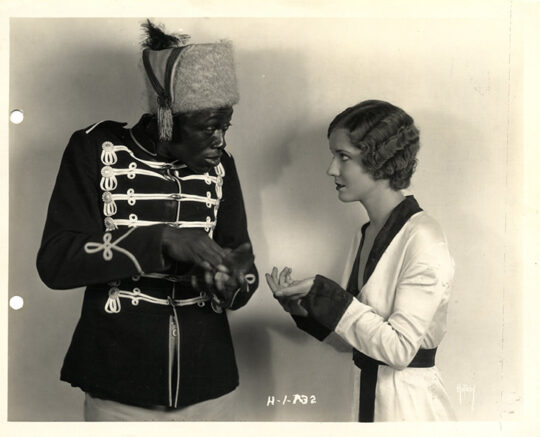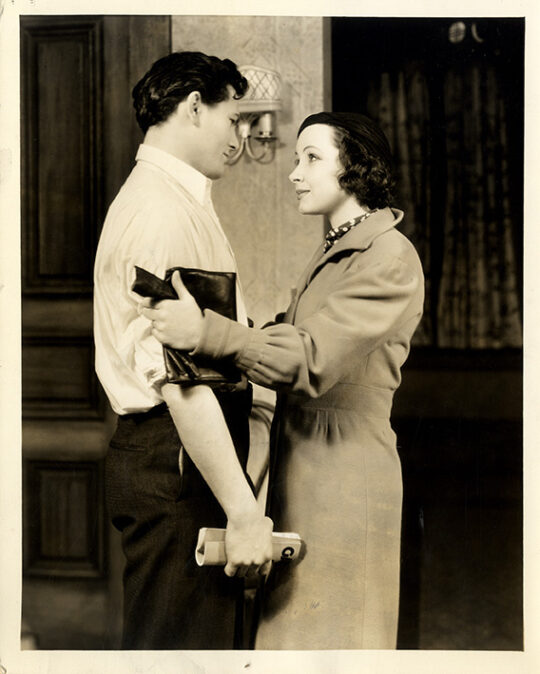Sam Fuller (writer, director) THE CRIMSON KIMONO (1959) Set of 14 photos
[Los Angeles]: Columbia Pictures, 1959. Set of fourteen (14) vintage original 8 x 10″ (20 x 25 cm.) black-and-white print still photos, one with marginal chipping, one with mimeographed text on verso, overall near fine.
An extensive and nicely representative selection of photos from writer-director Sam Fuller’s film noir cult masterpiece. Although a B-movie which was not given much attention in 1959, the film has had a real afterlife and now is critically recognized.
“In 2006 Ed Gonzales of Slant Magazine wrote ‘The opening is a triumph of grungy lyricism achieved through snaky cutting and blunt compositions: Sugar Torch (Gloria Pall), a stripper, is shot to death in the middle of a Los Angeles street after witnessing a murder inside her dressing room. The tenor of the film oscillates between tight-fisted noir and chamber drama, but the theme is always the same: cultural and romantic unrest… Fuller’s feat is giving the film’s nonstop interrogations, meetings and confrontations profound racial and political meaning.’
“In 2007 Philip W. Chung of Asian Week wrote that the white woman choosing an Asian man as a romantic partner is ‘What was most revolutionary about the film in 1959 Hollywood’, something that was ‘sadly, still revolutionary today.’
“In 2007 Gina Marchetti argued in Romance and the ‘”Yellow Peril” in 2007 that the film portrays racism as only existing ‘in the deluded minds of its victim.’
“The critics of Time Out magazine wrote of ‘Fuller developing his theme of urban alienation: landscape, culture and sexual confusion are all juxtaposed, forcing the Japanese-born detective (who, along with his buddy, is on the hunt for a burlesque queen murderer) into a nightmare of isolation and jealousy. Some fine set pieces — like the disciplined Kendo fight that degenerates into sadistic anarchy — and thoughtful camera-work serve to illustrate Fuller’s gift for weaving a poetic nihilism out of his journalistic vision of urban crime.’” (Grant, p. 149. Silver, Ward. Ursini, Porfiro, pp. 76-77; Wikipedia)
Out of stock


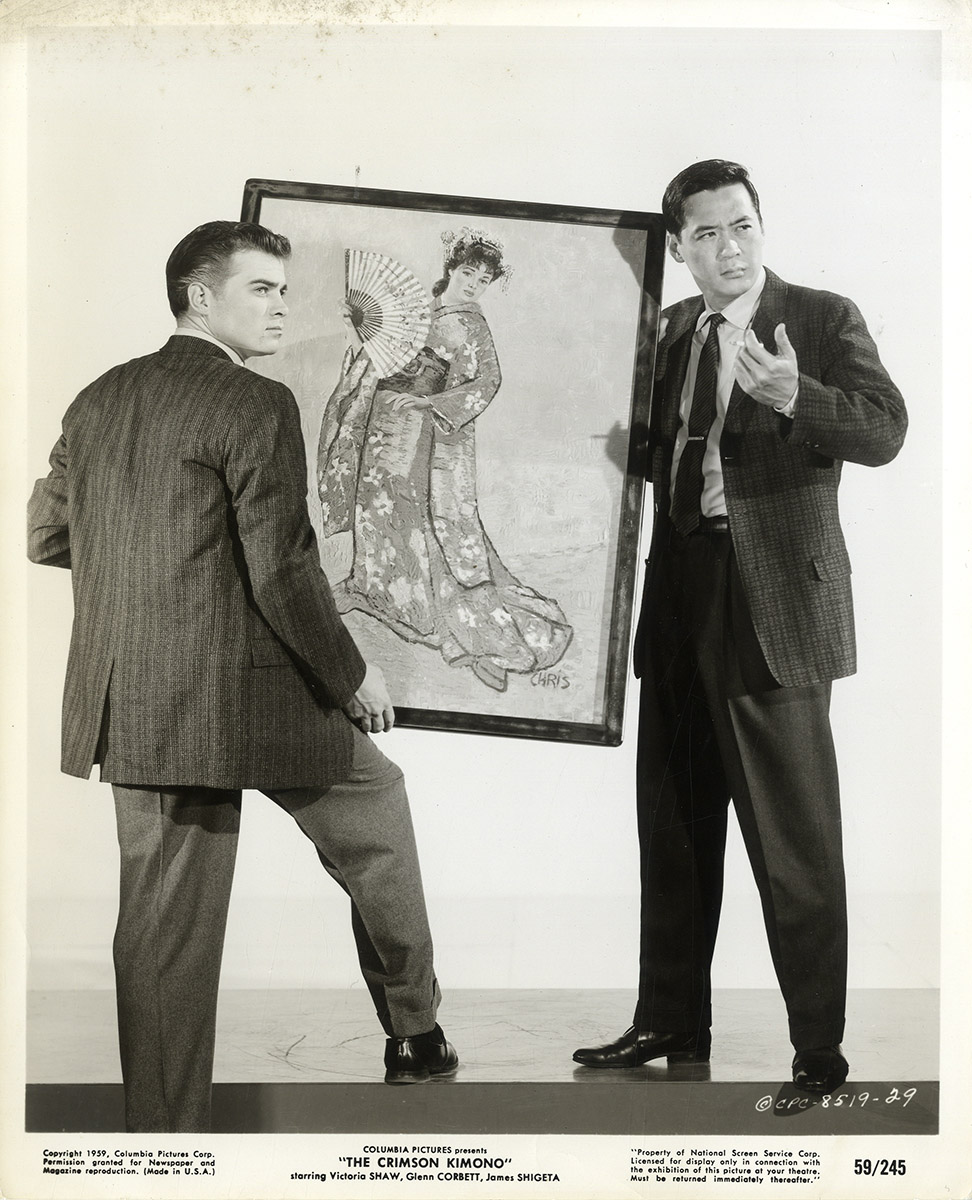

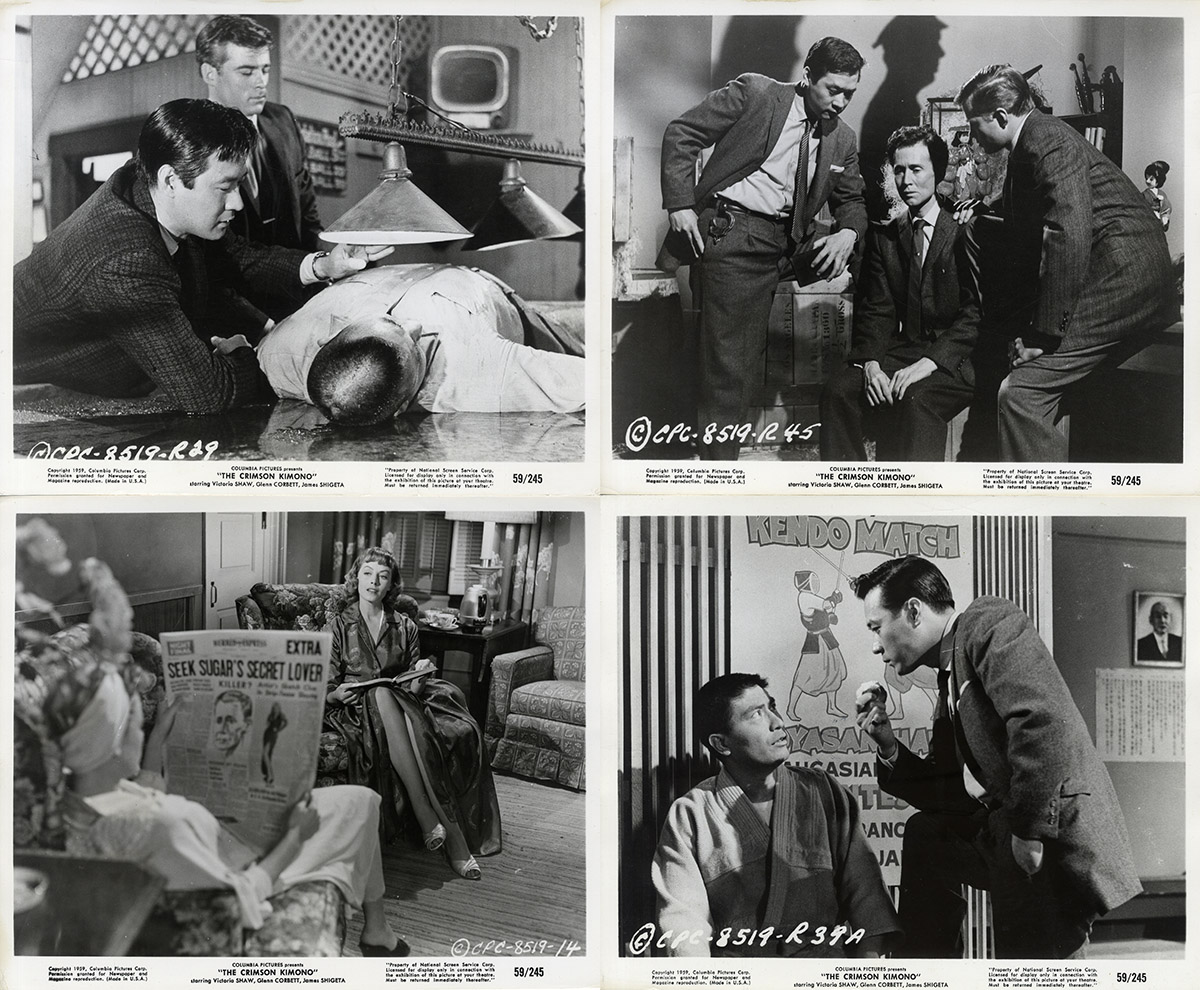
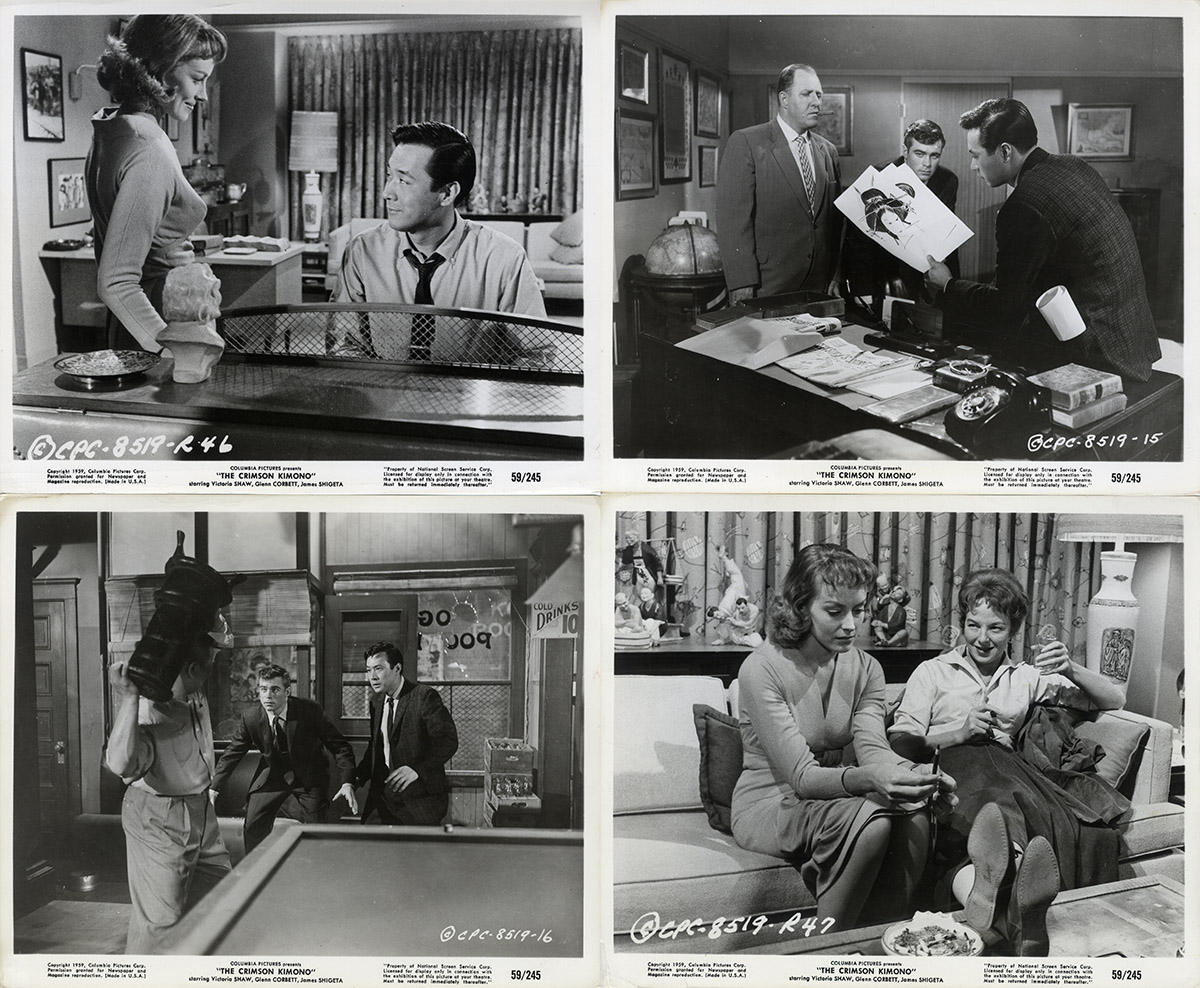
![LOVES OF A BLONDE [LASKY JEDNE PLAVOVLASKY] (1965)](https://www.walterfilm.com/wp-content/uploads/2018/10/LovesOfABlonde-Photo1.jpg)

